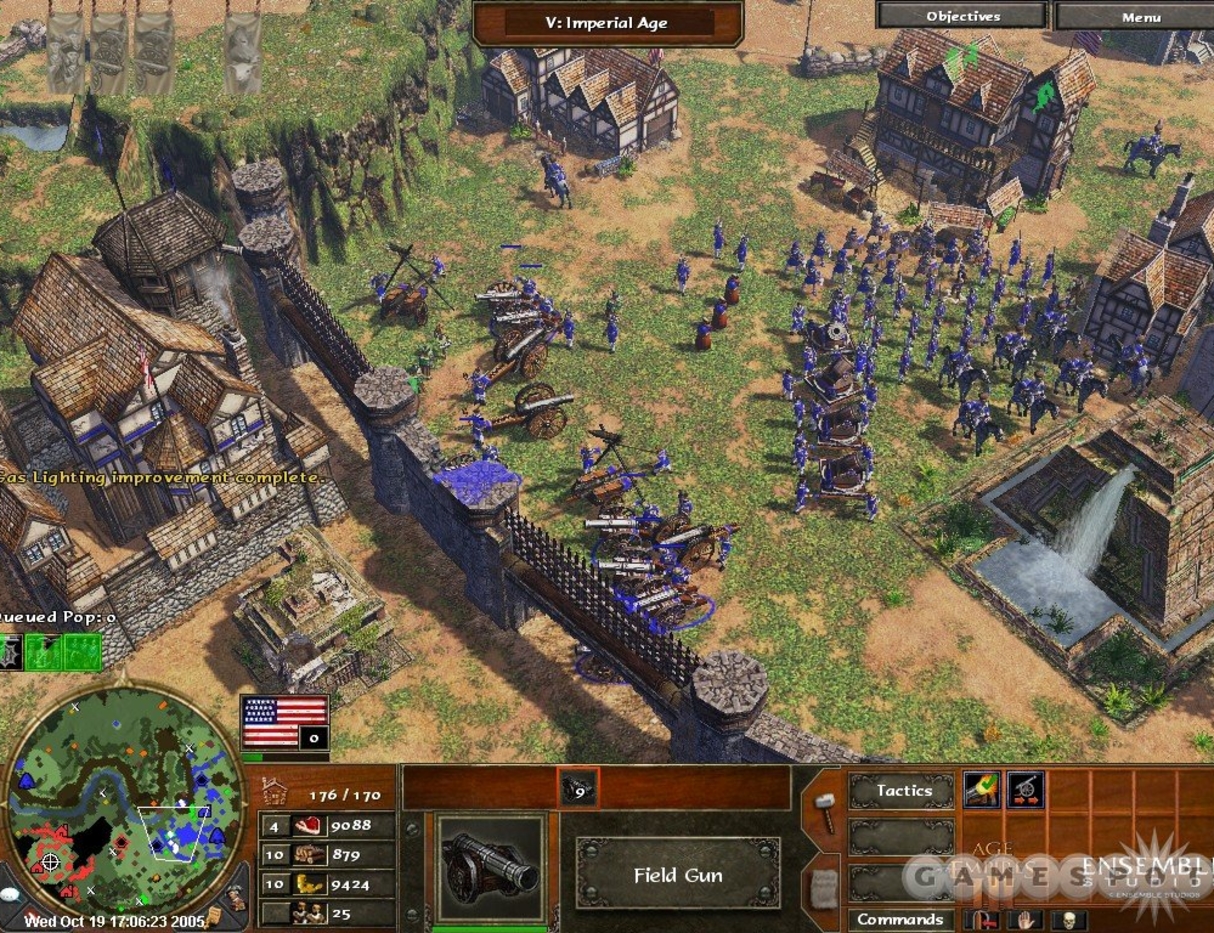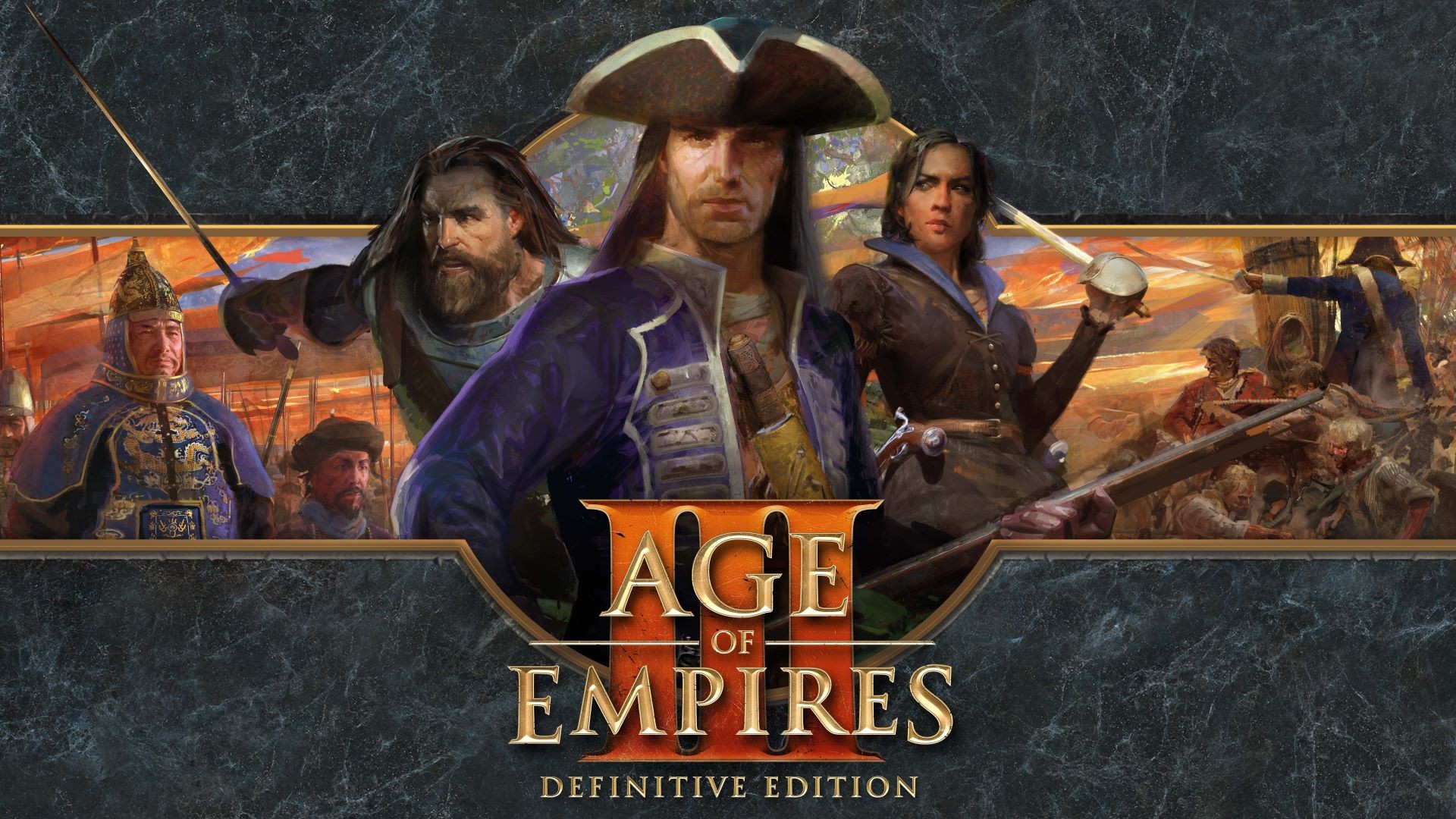

The further one travelled from Istanbul, the seat of government, the greater the level of decentralization. Mediating between the Empire’s political summit and the reaya,or the common subjects inhabiting its lands, a number of local nobles and religious functionaries were charged with managing administrative issues such as the collection of taxes and the administration of justice. Great importance was placed upon military troops, particularly the so-called Janissaries, historically considered to be the main propulsive force of the Empire’s expansion. 3 His prime minister was the Visir, assisted by a number of executive bureaucrats composing the political body of the Divan. 4 ‘Powerful multi-ethnic empires, such as the Ottoman, were quite willing to accord a level of extra (.)ĢAt the core of its political structure stood the Sultan, considered to be the direct descendent of Mohammed and, therefore, the delegate of God on Earth.

3 For an institutional survey of the Ottoman government during the golden age of Suleiman the Magnif (.).Consequently, rather than aiming at reaching comprehensive territorial control, the Ottomans presented a conception of rulership that presupposed a vaguer and more osmotic idea of influence and authority. In contrast, the Ottoman conception of a polity and community of law was based on the broader concept of the Umma, the totality ofMuslim believers protected by the Sultan. This situation, preceding the 19 th century, was most likely due to the absence of a theoretical and practical doctrine akin to that of territorial state sovereignty and modern citizenship. However, its immense territorial expanse lacked the precise boundaries that were increasingly becoming the norm in Europe. 1 The territories under its influence ranged from North Africa, to the Balkans, to the Arab peninsula and to modern Turkey. The origins of the Ottoman Empire date back to the 13 th century A.C., when Osman I, the leader of a tribe of Turkish ethnicity defeated the Abbasid caliphate in the Anatolian peninsula. Rather than the area of land within the Ottoman Empi (.)ġThe Ottoman Empire was a vast, complex and extraordinarily pluralist polity, with large non-Turkish and non-Muslim populations inhabiting its territories. 2 ‘A striking exception was the Ottoman Empire.1 See generally Stanford Jay Shaw, and Ezel Kural, History of the Ottoman Empire and modern Turkey.


 0 kommentar(er)
0 kommentar(er)
